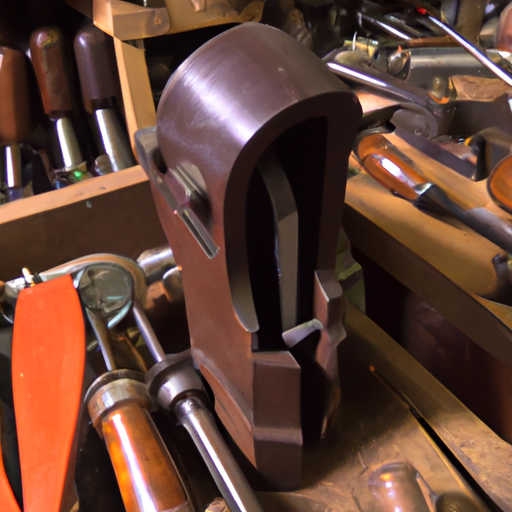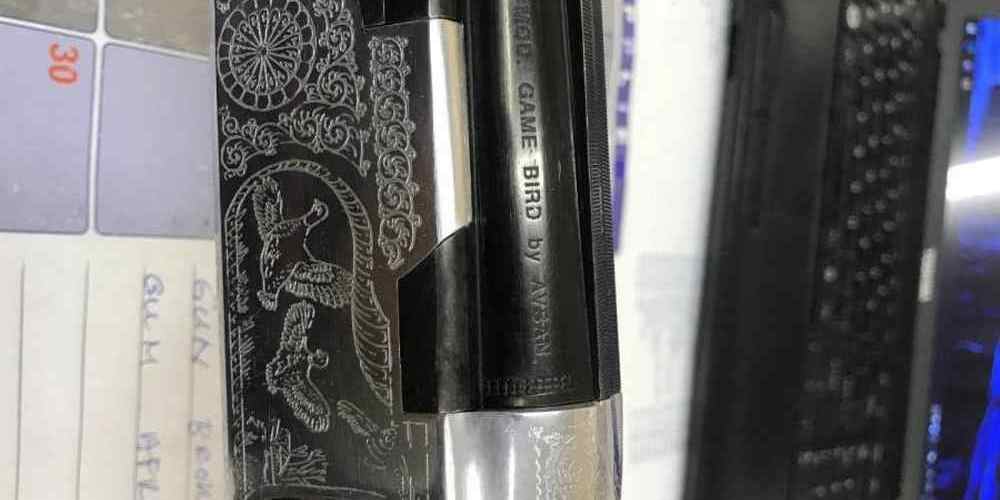The Craftsmanship of Shotgun Making: A Dying Art?

Shotgun making is a time-honored craft that has been passed down through generations. The intricate process of crafting a shotgun requires skill, precision, and attention to detail. However, in recent years, there has been concern about the future of this traditional craft. Is shotgun making a dying art? Let’s explore the craftsmanship of shotgun making and whether it is at risk of fading into obscurity.
The History of Shotgun Making
Shotgun making has a rich history that dates back centuries. In the early days, shotguns were handmade by skilled craftsmen who painstakingly crafted each component by hand. These craftsmen were known for their attention to detail and the quality of their work.
Over time, advancements in technology have changed the way shotguns are made. Mass production techniques have made it possible to produce shotguns more quickly and efficiently. While this has made shotguns more accessible to a wider audience, some argue that it has come at the expense of quality craftsmanship.
The Craftsmanship of Shotgun Making
Despite the rise of mass production techniques, there are still craftsmen who adhere to traditional methods of shotgun making. These artisans take pride in their work and strive to uphold the standards of quality that have been passed down through generations.
- Each shotgun is meticulously crafted by hand, with attention to detail at every stage of the process.
- Artisans use high-quality materials such as walnut wood for the stock and barrels made from steel or titanium.
- Shotguns are often customized to meet the specific needs and preferences of individual customers.
These craftsmen are dedicated to preserving the art of shotgun making and ensuring that each shotgun they produce is a work of art in its own right.
The Challenges Facing Shotgun Making
While there are still artisans who continue to practice the craft of shotgun making, there are challenges that threaten its survival.
- High production costs: Handcrafted shotguns are labor-intensive and require skilled artisans, which can drive up production costs.
- Competition from mass-produced shotguns: Mass-produced shotguns are often more affordable than handcrafted ones, making them a more attractive option for many consumers.
- Lack of interest among younger generations: The art of shotgun making may not hold the same appeal for younger generations who are more interested in modern technology.
These challenges raise concerns about the future of shotgun making and whether it will be able to survive in an increasingly competitive market.
The Future of Shotgun Making
Despite these challenges, there is hope for the future of shotgun making. Some artisans are finding ways to adapt to changing market conditions while still upholding the traditions of their craft.

- Embracing new technologies: Some artisans are incorporating modern technology into their craft, such as using CNC machines to streamline production processes without compromising quality.
- Collaborating with other craftsmen: By collaborating with other artisans and sharing knowledge and resources, shotgun makers can strengthen their position in the market.
- Educating younger generations: Some artisans are actively involved in training programs and workshops to pass on their skills to younger generations and ensure that the art of shotgun making continues to thrive.
By embracing innovation and adapting to changing market trends, shotgun makers can ensure that their craft remains relevant in today’s world.
Conclusion
In conclusion, while there are challenges facing the craft of shotgun making, it is not necessarily a dying art. There are still artisans who are dedicated to preserving this time-honored tradition and ensuring that each shotgun they produce is a testament to their skill and craftsmanship. By embracing new technologies, collaborating with others in the industry, and educating younger generations, shotgun makers can ensure that their craft continues to thrive for years to come.






